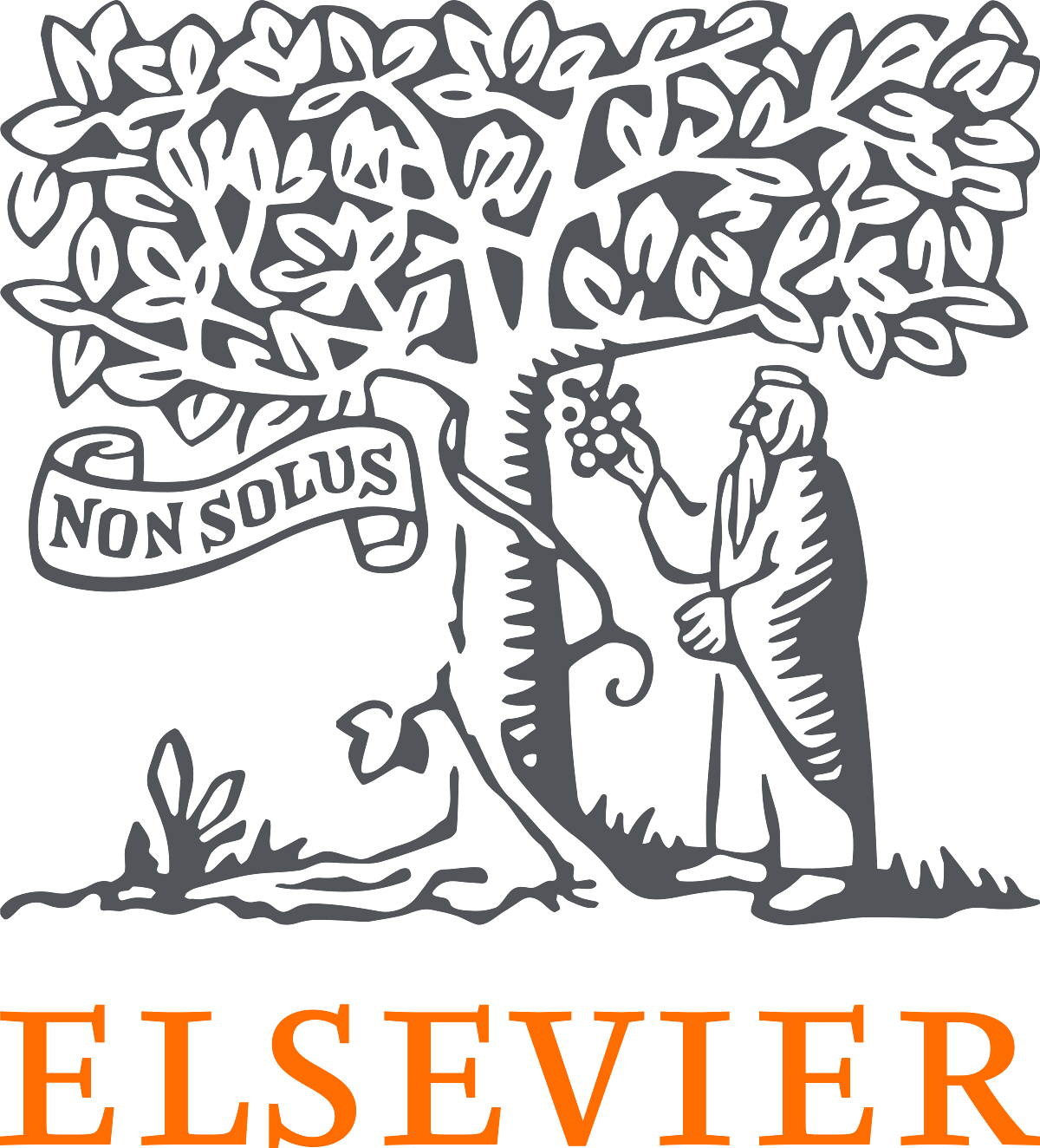Tailored AI Solutions that Transform Your Business
In a landscape cluttered with buzzwords and empty promises, we offer clarity, insight, and real results—built exclusively for your unique challenges.
We believe in stripping away the noise to reveal the essence of true innovation.
Born from a passion for technology and a commitment to measurable outcomes, we partner with visionary leaders to craft bespoke AI solutions that drive efficiency and empower growth.
Our legacy is defined by our integrity, clear communication, and a relentless pursuit of excellence.
Some of our happy collabs



_transp-1.png?width=432&height=172&name=SIE_Corporate_logo_(002)_transp-1.png)

Our Approach
Jargon-Free Insight
We deliver clear, actionable strategy that cuts through the clutter.
Tailored Solutions
Every solution is uniquely crafted to uncover hidden opportunities within your operations.
Data-Driven Decisions
We transform raw data into strategic clarity that propels your business forward.
Our Expertise
Our team is led by industry veterans whose proven success spans organizations like King, Sony, and Elsevier.
Combining visionary leadership with technical mastery, we empower companies across diverse sectors—from aerospace to gaming—with innovative AI solutions that work in the real world.
Our Solutions
Explore how our tailored AI strategies have driven transformation across industries:

Construction
Revolutionized proposal writing for a global consultancy by creating a collective, searchable knowledge base that enhanced team efficiency and elevated the quality of technical submissions.

Aerospace
Empowered an engineering team with immediate access to a vast digital library—turning 70,000+ pages of research into a navigable, actionable knowledge base.

Research
Enabled universities to streamline grant categorization, allowing leadership to make informed investment decisions and enhancing overall productivity.
Free AI Consultation
At AurumNova, we build genuine relationships with AI—founded on trust, driven by teamwork, and proven by productivity. Let us start the partnership with a free, no-obligation AI consultation.




